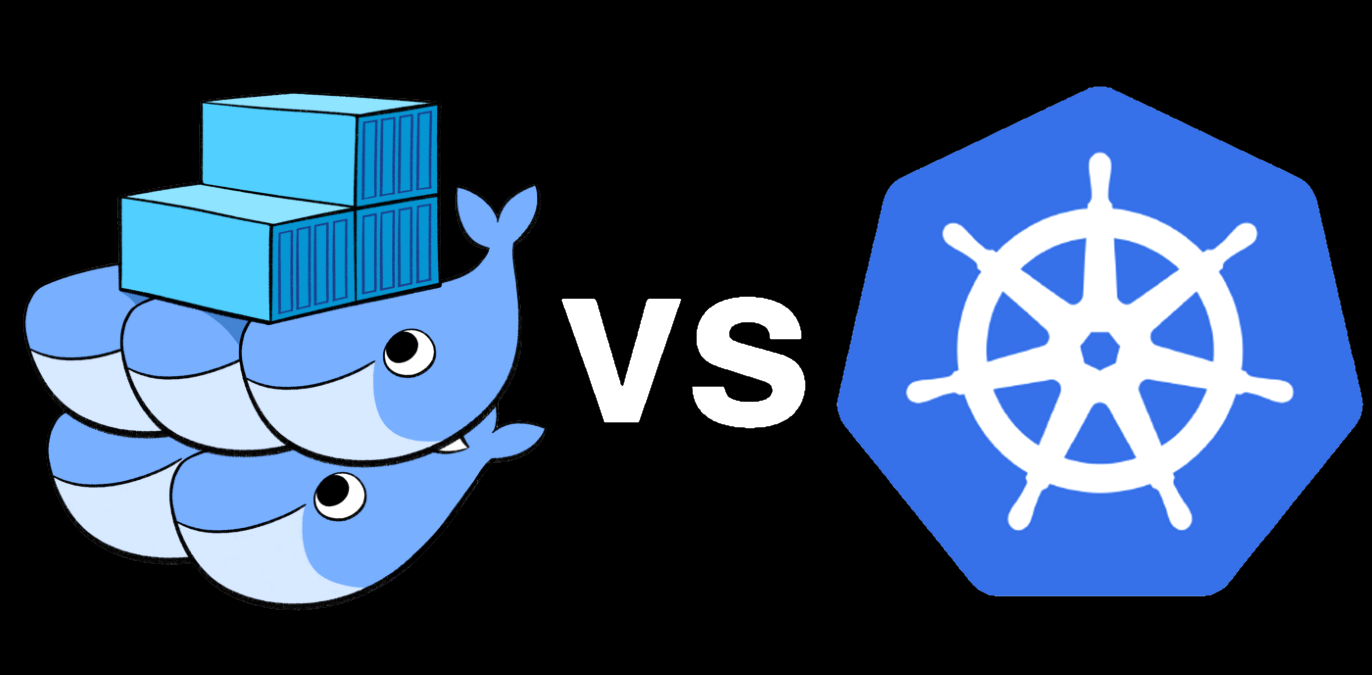

Multiple containers can run on a single host, which traditionally could not happen as a single host could not accommodate several operating systems.Īs you go along, it will be necessary to have a working knowledge of two or three popular containerization technologies like Docker and Kubernetes.
 Containerized applications consume way fewer compute resources compared to non-containerized applications like virtual machines. Container images will run anywhere on different platforms or environments, i.e., write once run anywhere. Easy recovery of failed containers since the same image can be reused to spun a new application on different hardware. Fixing issues, for instance, rolling back bad deployment is fast and easy as only one container, one application will be affected. Ease of deployment of applications with the possibility of automating the processes through the continuous integration pipeline. While all this may sound new or strange to professionals who are just launching their careers in software development or related roles, foundational Kubernetes or Docker training and some practice should help you acquaint yourself with containerization technology.Ĭontainerization has caught the attention of developers and software engineers and gained traction quite fast because it comes with immense benefits.
Containerized applications consume way fewer compute resources compared to non-containerized applications like virtual machines. Container images will run anywhere on different platforms or environments, i.e., write once run anywhere. Easy recovery of failed containers since the same image can be reused to spun a new application on different hardware. Fixing issues, for instance, rolling back bad deployment is fast and easy as only one container, one application will be affected. Ease of deployment of applications with the possibility of automating the processes through the continuous integration pipeline. While all this may sound new or strange to professionals who are just launching their careers in software development or related roles, foundational Kubernetes or Docker training and some practice should help you acquaint yourself with containerization technology.Ĭontainerization has caught the attention of developers and software engineers and gained traction quite fast because it comes with immense benefits. 
Containerization has significantly eased the way in which applications are deployed as each application is encapsulated and run in its own environment alongside all the dependencies required for it to operate. Based on the high rate at which businesses are adopting public and hybrid clouds for their operations, the adoption of containerization technology. According to the RightScale State of the Cloud Report for 2019, more than 61% of enterprise employees are turning to or considering using containerization technology.







 0 kommentar(er)
0 kommentar(er)
